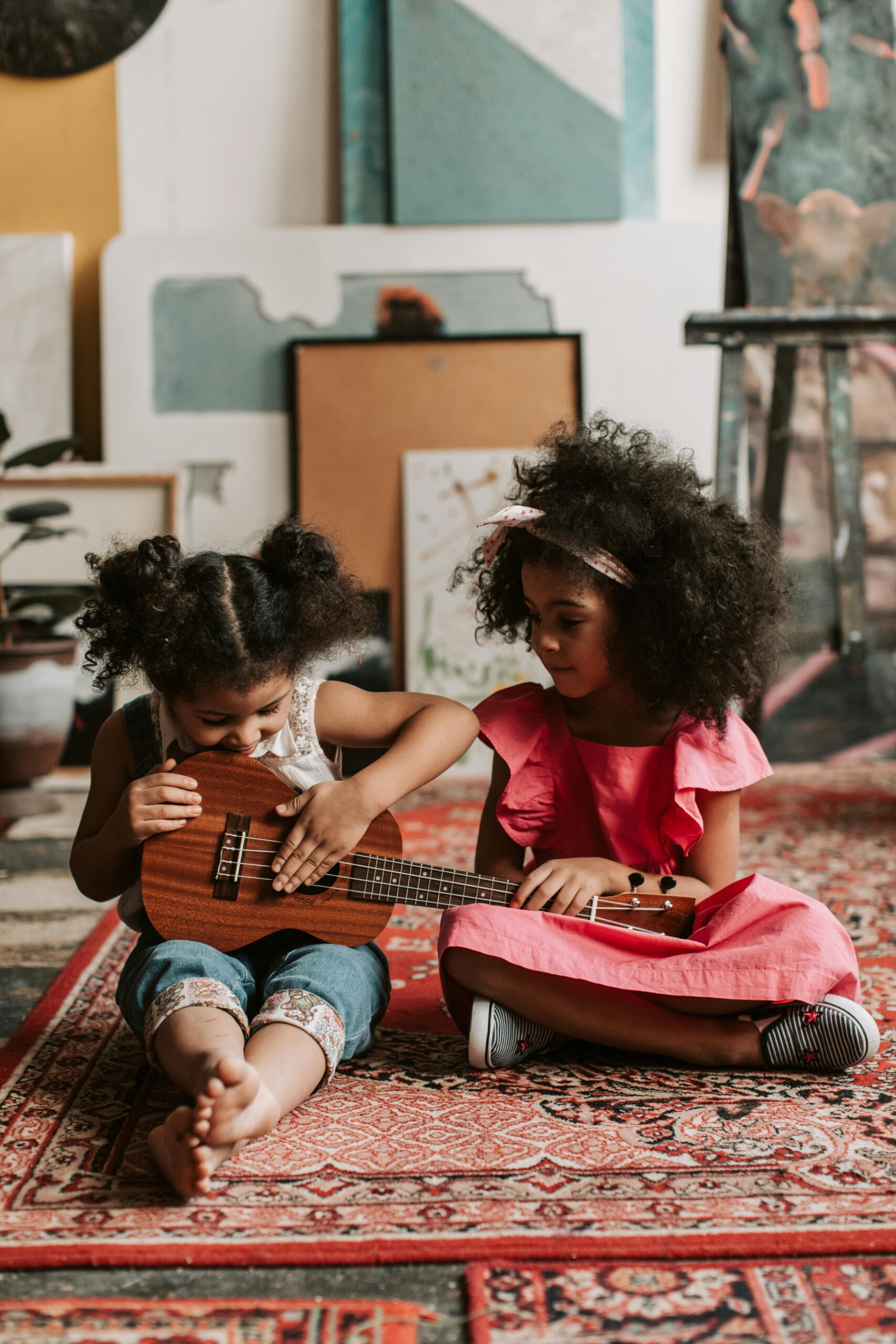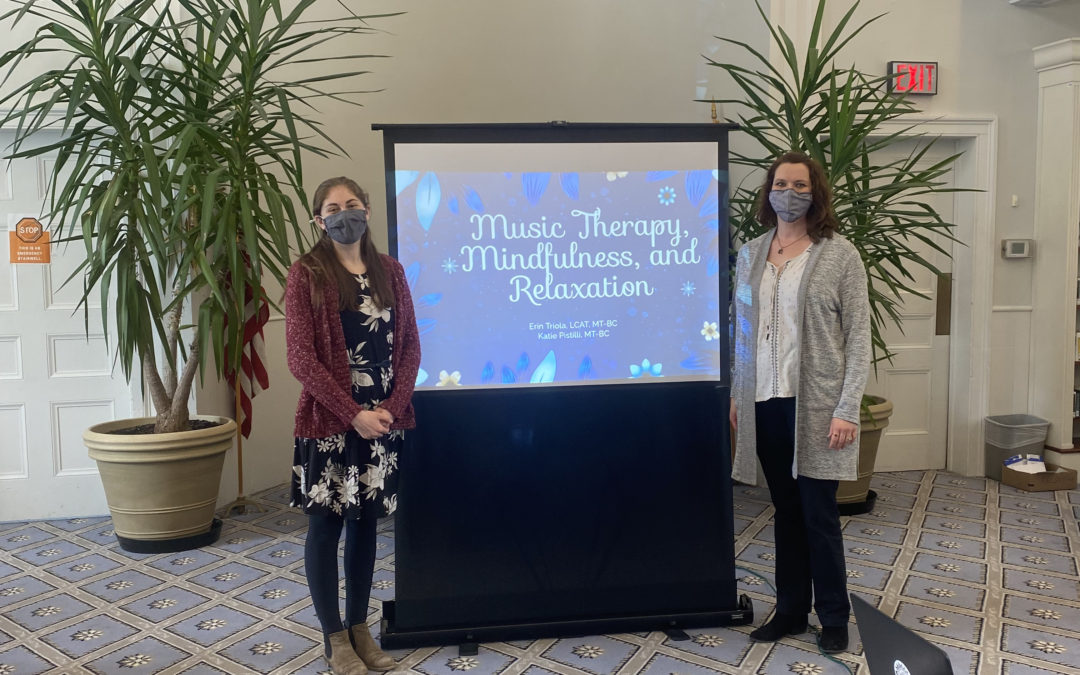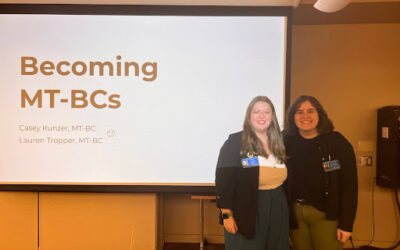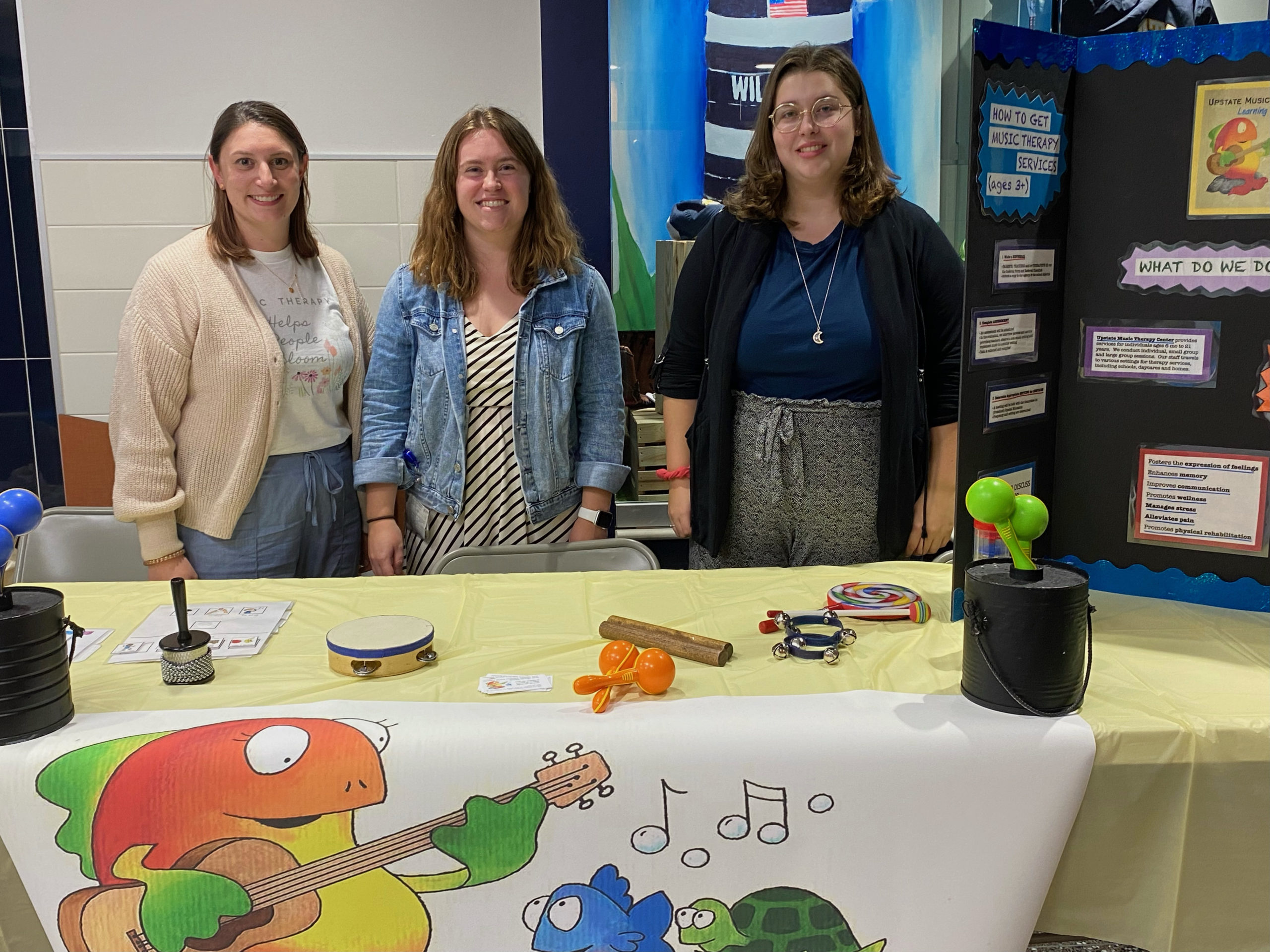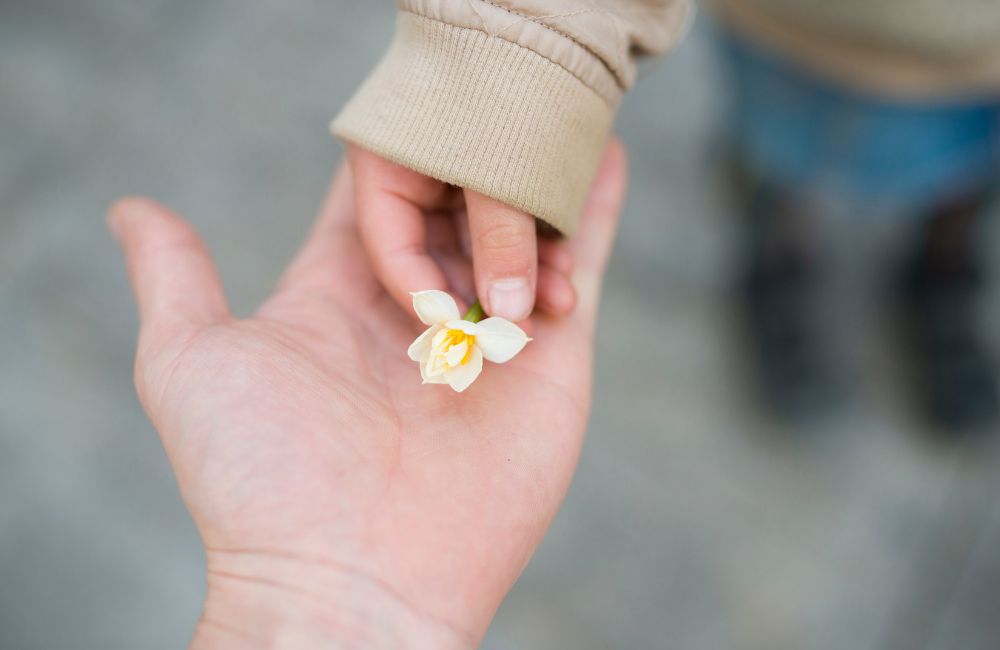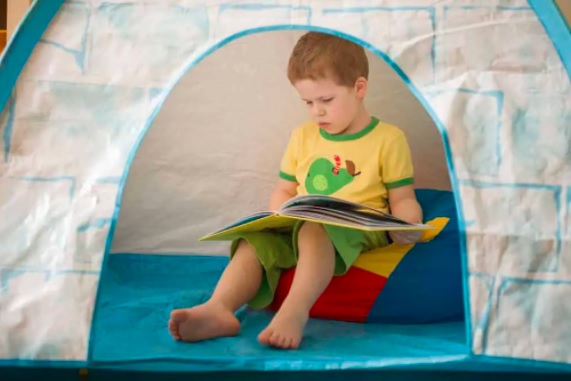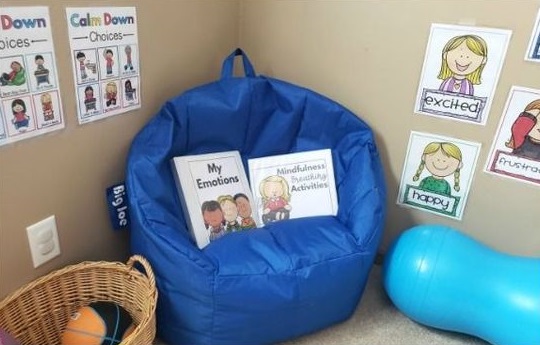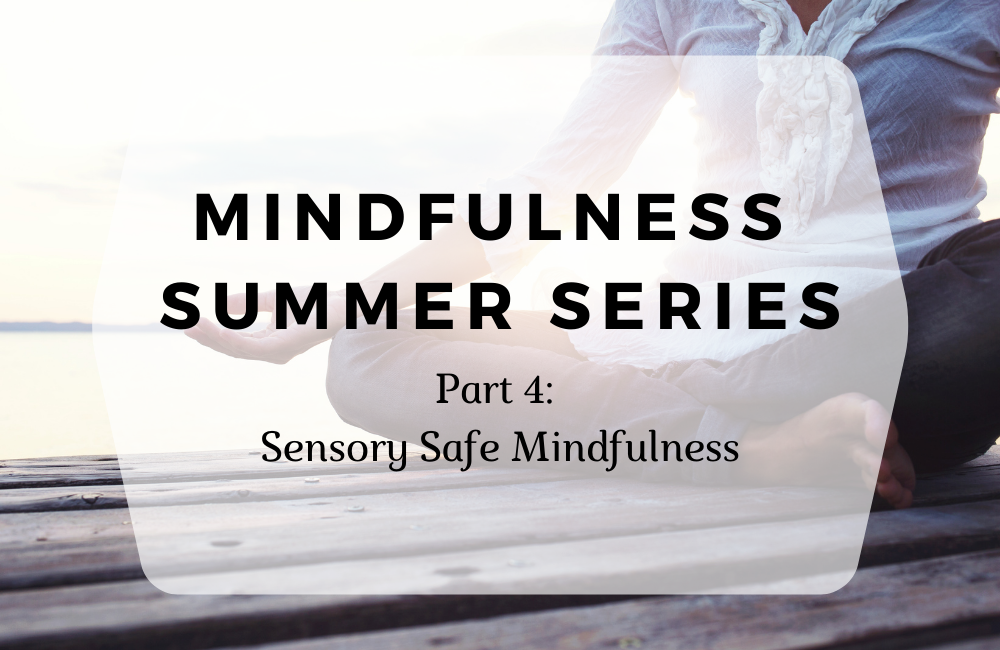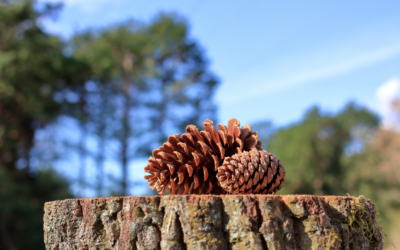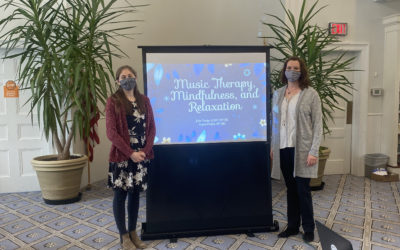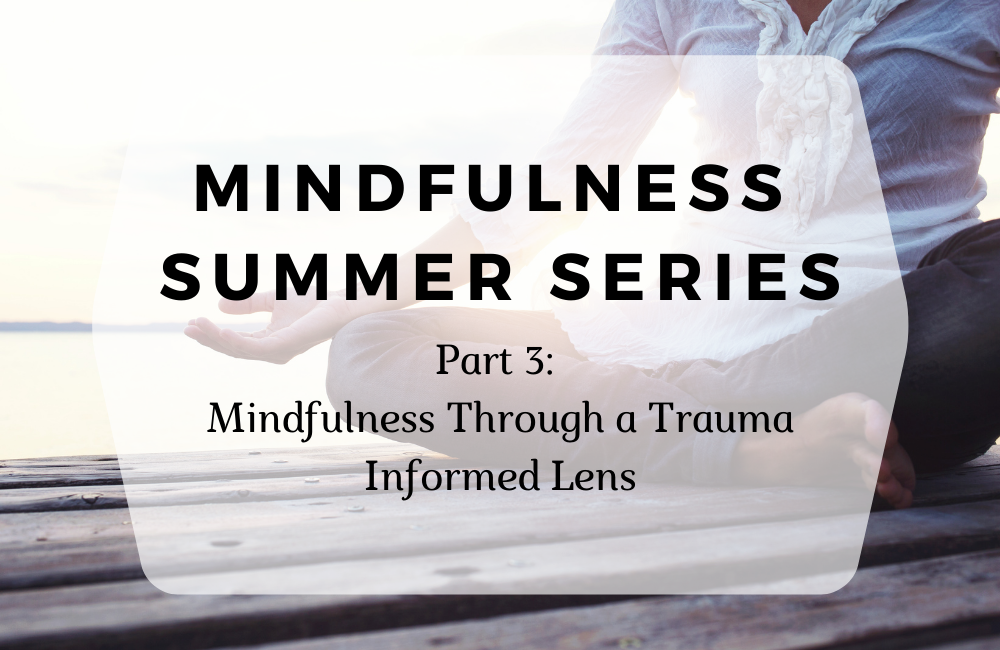This blog was written by Robin Neary and Amy Thomas. Happy World Music Therapy week! It brings us joy to know that all around the world music therapists are coming together to celebrate and educate our communities on our profession. This year, Upstate Music Therapy...
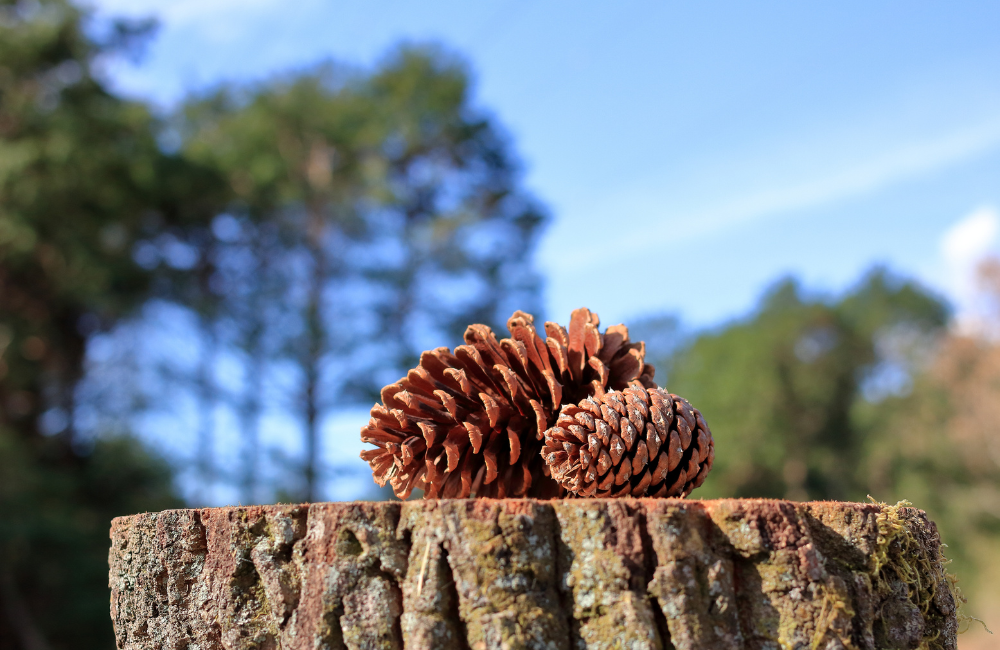
Nature’s Instruments: Making Music Outside
Spring is finally here! The daffodils are blooming, the Easter bunny made his visits, and families are itching to get out of the house. In the spring, the outside world is full of sounds. Last week, we shared the blog Pause and Hear the Sounds of Spring to practice mindfulness and notice the sounds of nature around us. From the sound of wind, to water flowing and birds singing, there is so much to hear in the spring. Let’s take the music of nature a step further this year and make some music with what you can find outside!
Drum Sticks
The stick is nature’s most convenient instrument! Sticks are easy to find around the yard, especially after all the windy days we’ve had this year. Note: we are not encouraging children to play their drumsticks anywhere they want! Part of the fun is finding something outside like a rock or tree stump that can withstand stick music. Try to find sticks that look the most like a drum stick. You can even peel off the bark and notice that the color is very similar. Play a recording on your phone, or sing a song to tap the sticks to. Before you know it, your kids will feel the thrill of being a nature drummer!
Acron Whistles
Playing the acorn whistle takes some practice, but once your kids master the skill they won’t want to stop! For this instrument, you only need the top of the acorn. Hold it in between your thumbs with just a tiny triangle to blow into. Put your mouth on your thumb’s knuckles, and blow. This whistle can be heard for miles!
Some instruments are easier to watch, then learn. Check out this YouTube video for some help with the acorn whistle!
The Power of Pebbles
For this instrument, you may have to head to a local park with canal access or a pond. Safety first with this activity, don’t forget life jackets and have adequate adult supervision for the kids! Lake Ontario or the Erie canal are great places to check out in the Rochester area. To make music using water, simply find some pebbles or rocks along the shoreline. Drop one in the water, then another. Do they make different sounds? Is it a plunk or a thump?
If you aren’t up for plunking pebbles, they actually make great instruments without water! Find two pebbles and tap them together. Click, click, click. The sounds you will hear from tapping two rocks together are similar to a Cuban instrument called the clave. Claves keep the beat for the whole band, and pebbles can too!
Pinecone Scraper
If you have pine trees at your house, go check underneath them for a pine cone. These large seeds have so much potential to grow into a pine tree or become an instrument! After you find the pinecone, you’ll need a small stick to act as the scraper. If you’re right-handed, hold the pinecone in your left hand and scrape across it with the stick. Depending on the direction you scrape, you will get a different sound.
We found the idea for the pinecone scrapper on the PBS kids website. For more inspiration on nature’s instruments, check out their activity sheet from an episode of Nature Cat!
Isn’t it amazing how almost any item can be used to make music? We hope these tips make your outdoor adventures even more fun as you hunt for the perfect nature inspired instrument.
World Music Therapy Week 2024
The Planets: A Story Orchestra
Blog post written by Abby Hamel On April 8th, 2024, an out-of-this-world event will occur: the solar eclipse! Rochester is lucky enough to be in the path of totality for this eclipse and I can feel the excitement around me. The Planets by Helen Mortimer is the newest...
Children’s Songs That Won’t Drive You Mad
Blog written by Rebecca Szalay If you are the parent of a young child, chances are you have a CD or playlist of young children’s songs that you listen to everywhere, especially in the car. You may also find yourself singing “Baby Shark” in the grocery store because...

